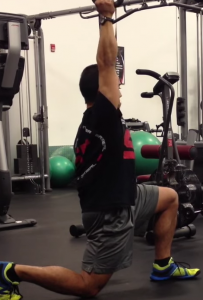I love throwing medicine balls around in the gym. It’s loud and it makes my soul feel good. However, when I give this task to a youth athlete or use it for fat loss purposes, sometimes these medicine ball exercises go right over the person’s head (pun intended).
So with that in mind, I have an awesome combination for y’all today, and it is a great teaching tool for anyone from beginner to advanced athletes.
A1. Lateral Mini-Band Walk with Pump Fake – 3×5/s
This first portion I liken to observing how gait patterns occur. Long story short, every time you take a step forward with one foot, you need to accelerate with the back foot.
Every time you take a step forward as well, you need to decelerate with the foot that has just left the ground.
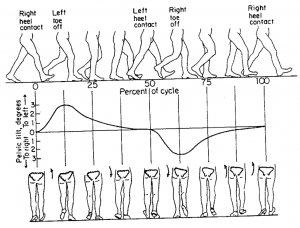
Integrating Ideas – Introducing the Lateral Mini-Band Walk
How does this integrate with a lateral mini-band walk?
You need to decelerate as you take a step to the side, and the “pump fake” with the medicine ball takes this necessity for deceleration to the next level. Otherwise, well, you’ll just fall over. Further, you need to accelerate away from the side on the other foot.
To take it the next level, you need to observe internal rotation at the femoralacetabular joint on the leg that is receiving the weight shift, which talks beautifully about deceleration, and then in order to re-accelerate you need to push out of that position at the hip, and go into external rotation (and hip abduction as well).
Over-coaching athletes to bring their knees into a position that is biased towards genu valgus may be incorrect – the correct position is to subconsciously cue hip internal rotation through external cuing. That is when you win.
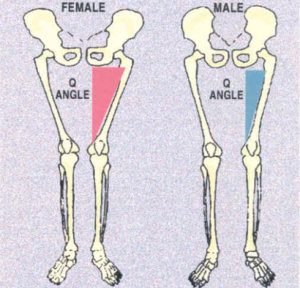
Further, this necessity for deceleration at the hip will also need to be translated up from the foot – so overpronation should not be observed, but rather staying on the ball of the foot. Overpronation can be thought of as having a flat foot position – there is no arch, and thus there is no force absorption, or rather there is no authentic and efficient force absorption (force is lost through the lack of an arch, and compensation may occur).
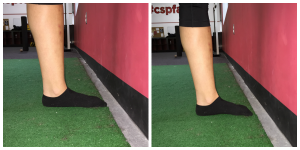
Now, to translate this to a sport specific lingo, what happens when you change directions? What happens when you need to re-direct any forces from one position to the next? What happens when you need to make a cut on a field?
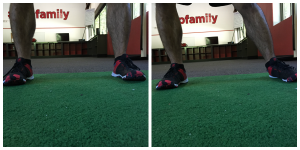
Now, with these ideas under your belt, you can go into the next exercise and teaching tool of shifting in and out with power and speed – the Step Back Rotational Med Ball Shotput.
A2. Step Back Rotational Med Ball Shotput – 3×5/s, 8lb to 10lb
In actuality this can be any side to side, or frontal plane, variation of a medicine ball exercise.
While this exercise may seem relatively straightforward, there are ways to move erroneously. From a cuing perspective, make sure to do these things:
- Elbows high, imagine someone is behind you.
- With your lead or front elbow, try to smack or hit the person behind you.
- Show your shoulders and chest to the wall in front of you – this will avoid any sidearm like action from occuring.
- Push the ground away from you – or place an object to step AWAY from, since you need a good follow through with your hips.
- Break the wall with the ball, which should capture intent for power and speed of movement.
These are all the things that I’m looking for when utilizing a very simplistic drill involving medicine balls. Hope this brings some insight as to how I look at things!
As always,
Keep it funky.


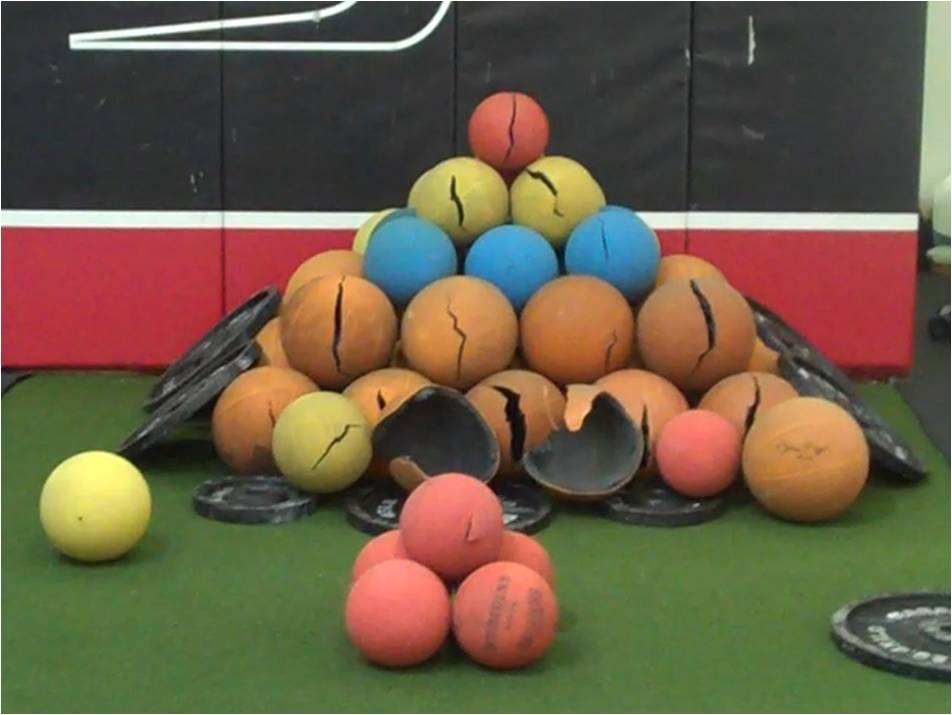
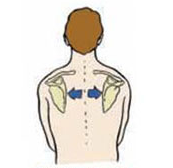 When you perform a front plank correctly, you will have your shoulder blades slightly protracted and abducted, or fitting on the side of your rib cage. When this occurs, you have several intrinsic muscles within the shoulder girdle firing to stabilize.
When you perform a front plank correctly, you will have your shoulder blades slightly protracted and abducted, or fitting on the side of your rib cage. When this occurs, you have several intrinsic muscles within the shoulder girdle firing to stabilize.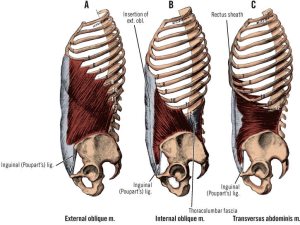 By recruiting internal and external obliques, you can inhibit some of the extension based muscle groups that are often stabilizing in place of these obliques.
By recruiting internal and external obliques, you can inhibit some of the extension based muscle groups that are often stabilizing in place of these obliques.